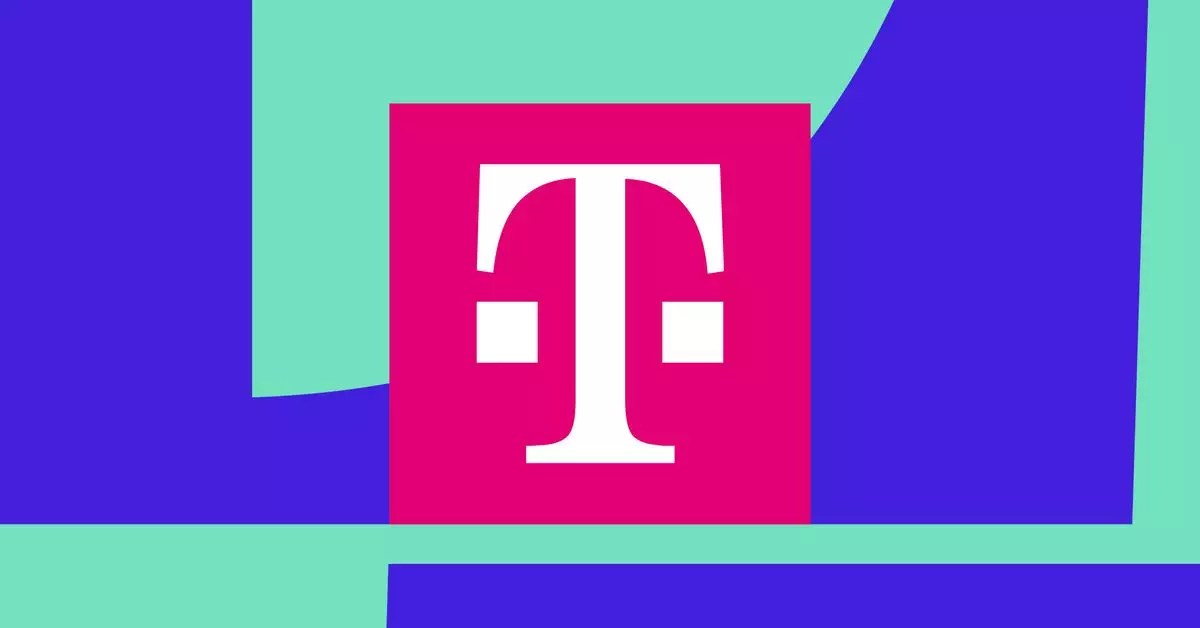In an era where natural disasters frequently disrupt communication networks, the partnership between T-Mobile and SpaceX has emerged as a timely solution. Following the onslaught of Hurricane Helene and Hurricane Milton, affected customers have been granted a lifeline through an innovative service allowing SMS text messaging over Starlink satellites. This forward-thinking initiative exemplifies how technology can be harnessed to strengthen communication channels during critical times.
According to SpaceX, the integration of T-Mobile’s communication services with their Starlink satellites enables basic text messaging in hurricane-stricken areas. The functionality allows users to send texts to emergency services and loved ones, improving situational awareness and connectivity even when conventional telecommunication infrastructure is compromised. Users whose phones connect directly with a Starlink satellite can expect to see service indicators fluctuating between one to two bars, with their network identified as “T-Mobile SpaceX.” Such a framework is particularly beneficial during emergencies, as it prioritizes essential communication over traditional service channels, which may be overwhelmed or out of service.
Although this satellite-based service provides a significant advantage in communication, it does come with certain limitations. SpaceX stipulates that users may need to attempt sending texts multiple times for successful transmission, highlighting potential reliability concerns under certain conditions. The service is optimized for outdoor use, with a variable success rate for indoor connections, particularly when near windows. This emphasizes the importance of situational awareness—while the service is groundbreaking, users must understand its limitations to maximize its effectiveness during urgent scenarios.
The Federal Communications Commission (FCC) has played a pivotal role in facilitating this emergency communication initiative by granting temporary approval for SpaceX and T-Mobile to deploy this direct-to-cell service. This collaborative approach showcases the intersection of technology and regulatory frameworks, embodying how swift action is necessary in the face of emergencies. As natural disasters become increasingly prevalent, this model could serve as a precedent for future communications initiatives, fostering innovative solutions that bridge technological gaps during crises.
Ultimately, the launch of SMS texting via Starlink illustrates a significant evolution in how we communicate during emergencies. This partnership demonstrates that when technology companies and regulatory bodies work in tandem, they can implement effective solutions that prioritize public safety. As advancements continue in satellite communication, more comprehensive and robust systems may emerge, allowing for enhanced resilience in the face of unpredictable natural disasters. This initiative not only benefits current users but sets a compelling standard for future endeavors in disaster response communication.


Leave a Reply